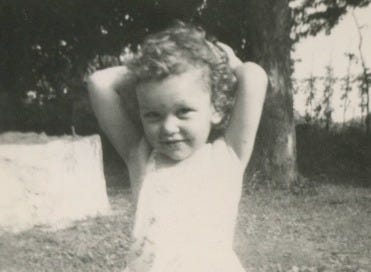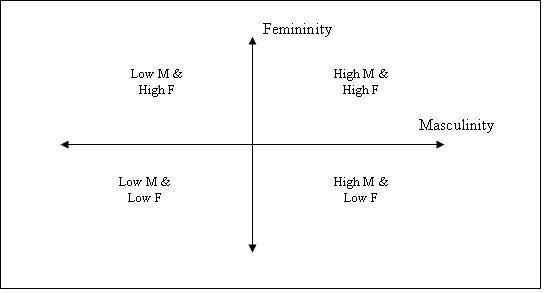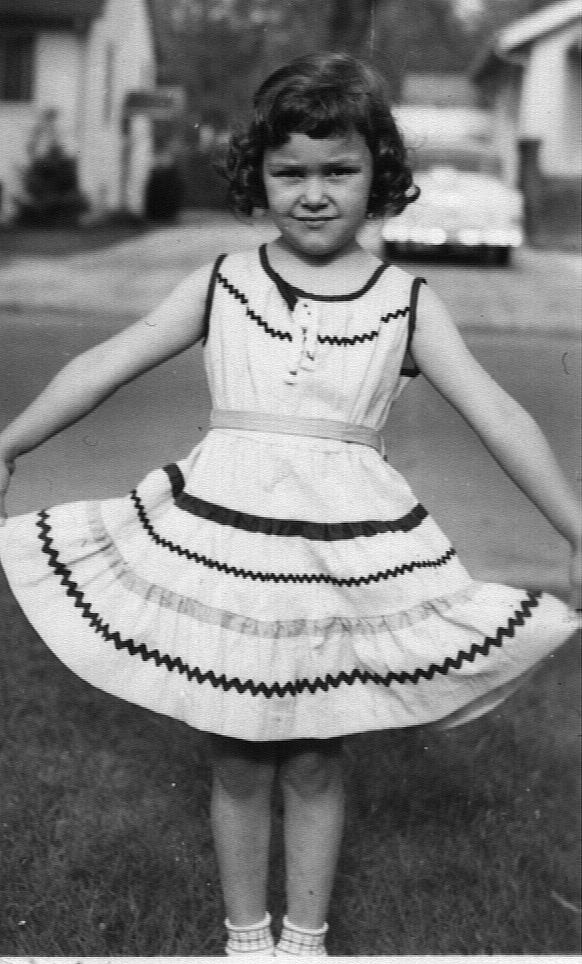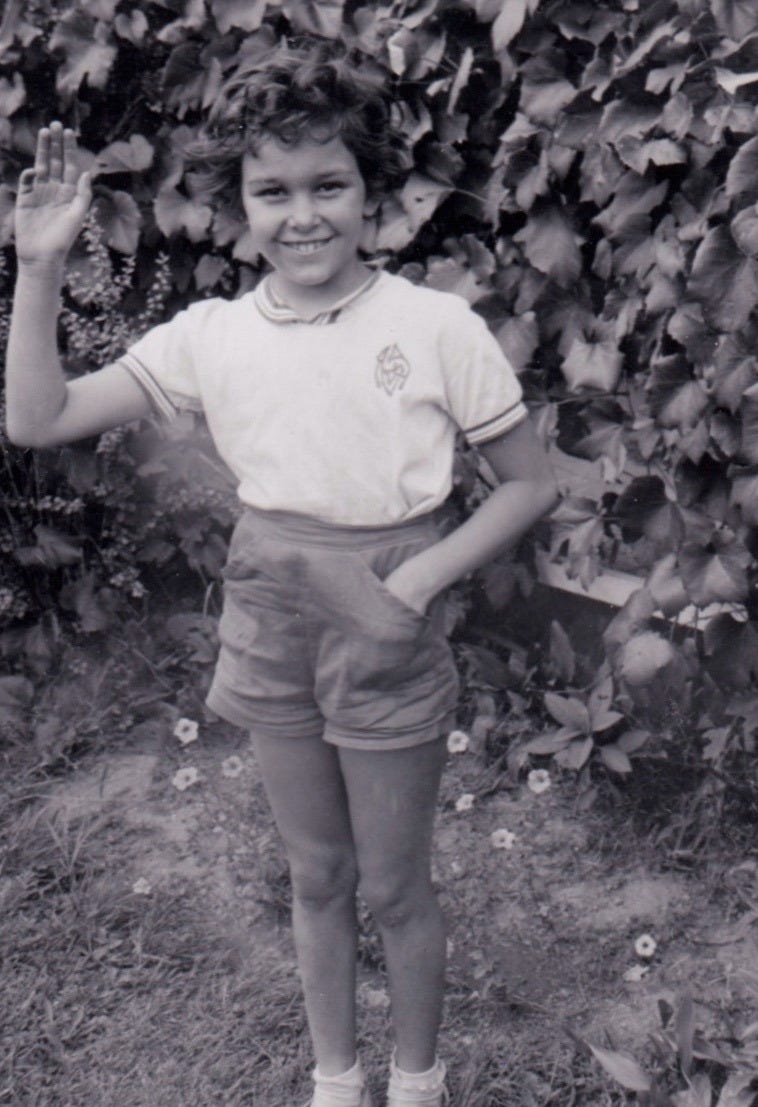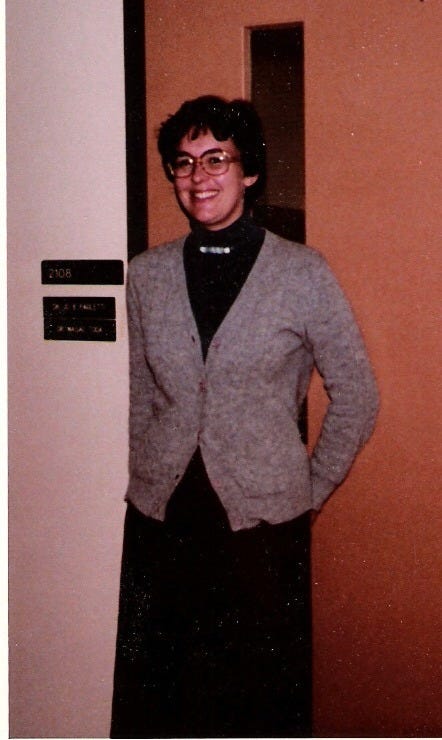I couldn't resist, and maybe you couldn't, either. About ten years ago, Facebook suggested I take the "What is Your True Gender" quiz, and of course I had to take it. Here are my results.
For anyone who knows me, this is hardly surprising. Although I do enjoy a good rom com, I am not now and never have been a girly girl. My fashion preferences are solid color basics (and lots of them) with a few carefully-selected prints added to relieve the boredom. When my hair is long, it’s because of laziness, not vanity. (My pony-tailed husband, with his lusciously thick white hair, is a different matter. Male vanity, and nothing else.)
So if the results seem on point, what's my problem with those quizzes? (Besides the inevitable confusion between sex and gender in the wording.) If you guessed the hidden binary, you're right! After all, the possible results are essentially some mixture of female and male. The person who created the quiz was visualizing gender as a line, with masculinity and femininity at opposite ends. They do get extra points for recognizing that between the male and female extremes there might be a continuum, but it still perpetuates a binary, oppositional model of masculine and feminine. Fifty years ago, psychologist Sandra Bem introduced a new model that made much more sense to me. Instead of a line with femininity and masculinity at either end, she proposed a model with a feminine axis and a masculine axis, creating four quadrants.
The upper left quadrant she labelled "feminine" and the lower right, "masculine". The opposite diagonal represents all the people who would end up in the middle of the binary model, but she considered another possibility: some people are neither very masculine nor very feminine ("undifferentiated"), and others might score highly on BOTH measures ("androgynous"). She also developed the Bem Sex Role Inventory (BSRI), an instrument designed to measure individuals gender identities and sort them into one of the four axes in her model.
My results from the Facebook quiz placed me in the middle of the binary model, slightly toward the masculine end. My BSRI results:
"You scored 72.5 out of 100 masculine points, 65.833 out of 100 feminine points, and 58.333 out of 100 androgynous (neutral) points."
locate me in the upper right, "androgynous" quadrant, since I identify fairly strongly with both masculine and feminine traits. The BSRI is hardly the last word. After all, it was created over 50 years ago, and it still retained a skeletal binary framework. So before you take any gender quiz results too seriously, consider just what a multidimensional wonder each of us is.
To paraphrase that great philosopher Satchel Paige, gender is a question of mind over matter. If you don’t mind, it doesn’t matter.

